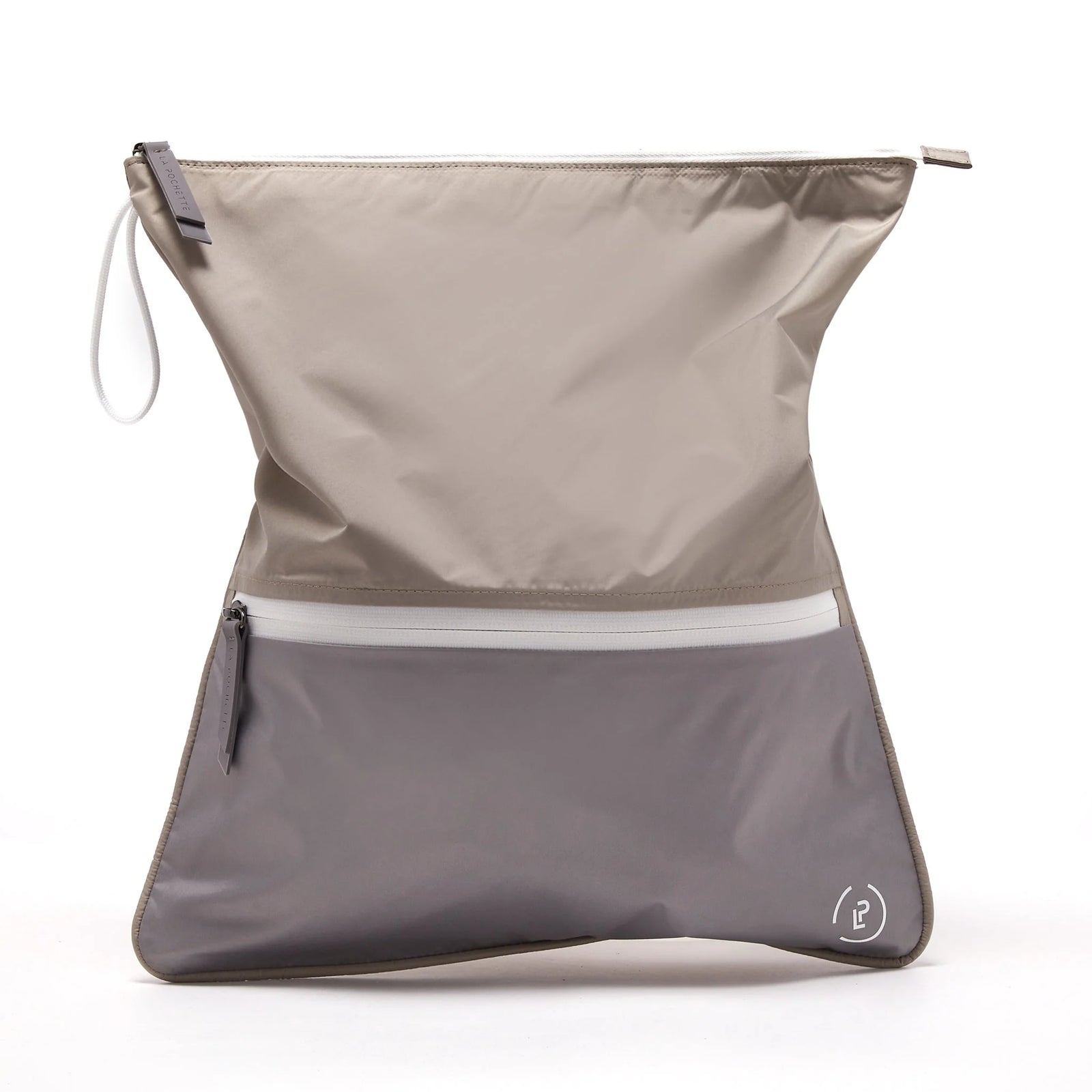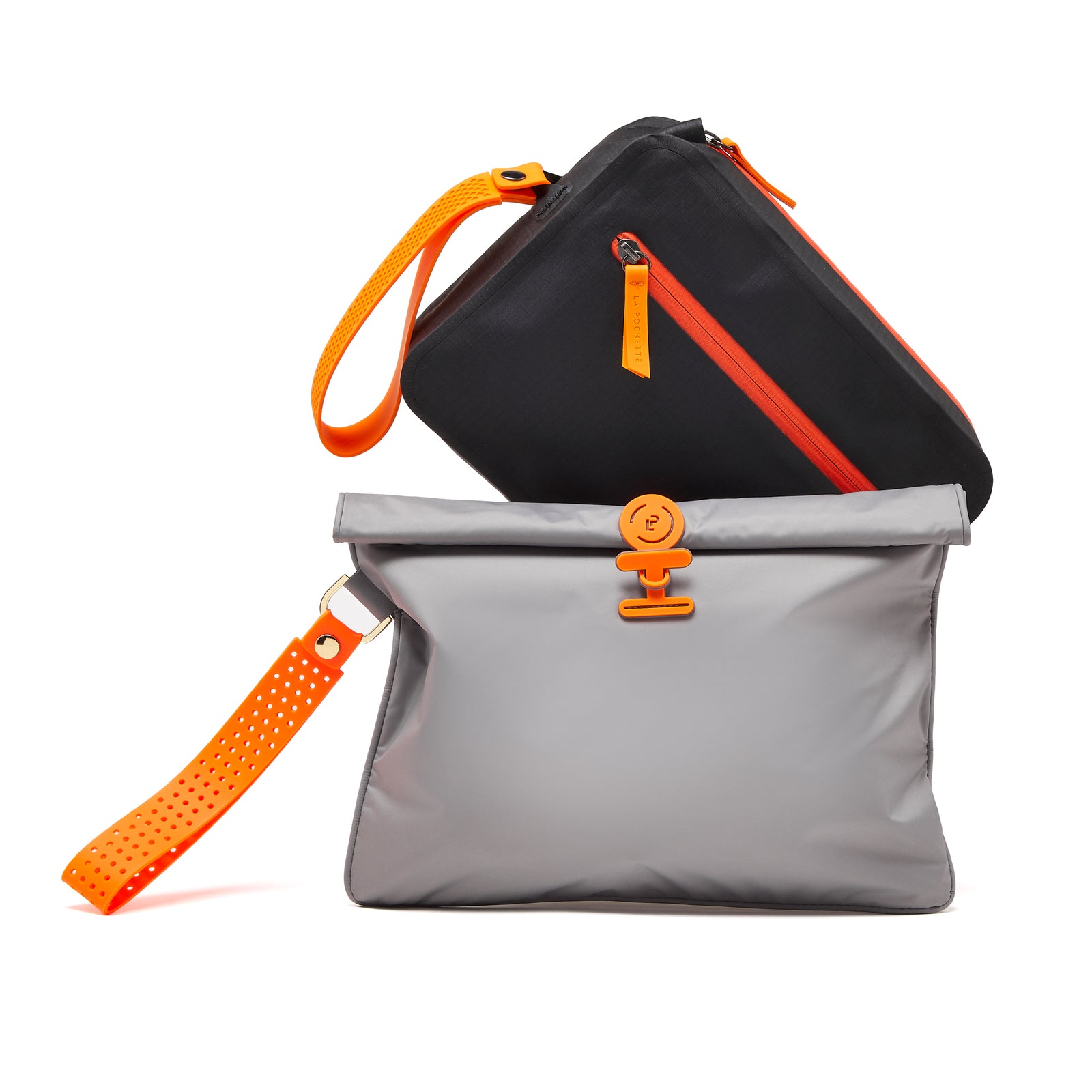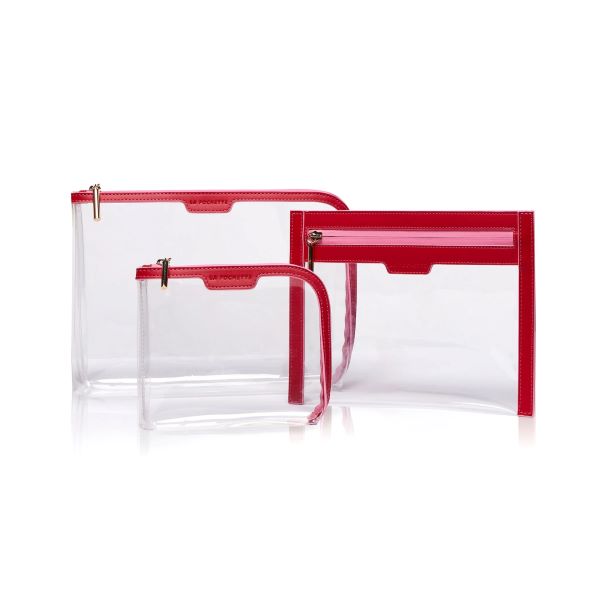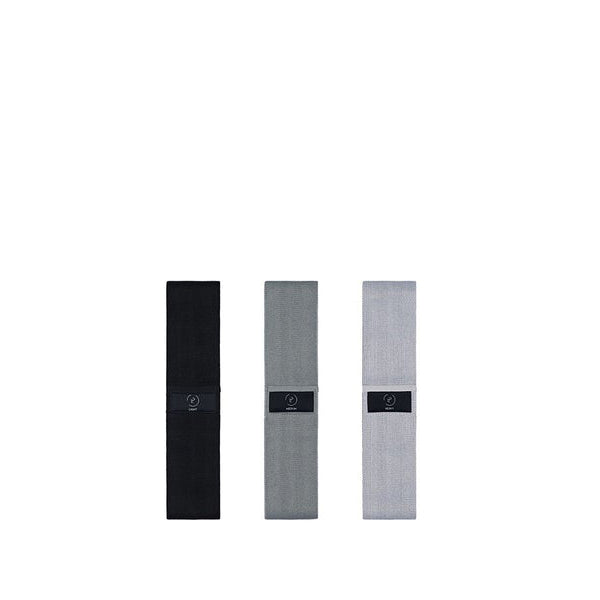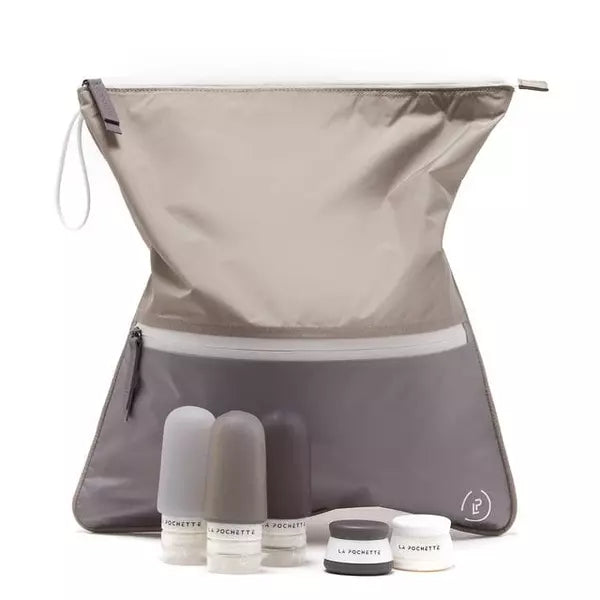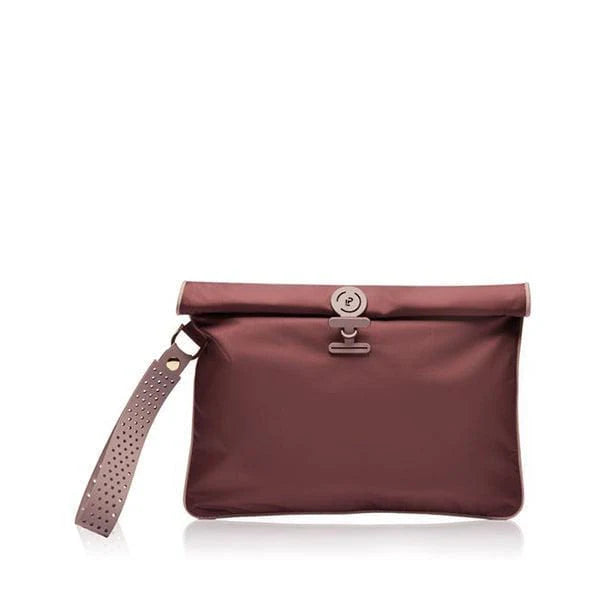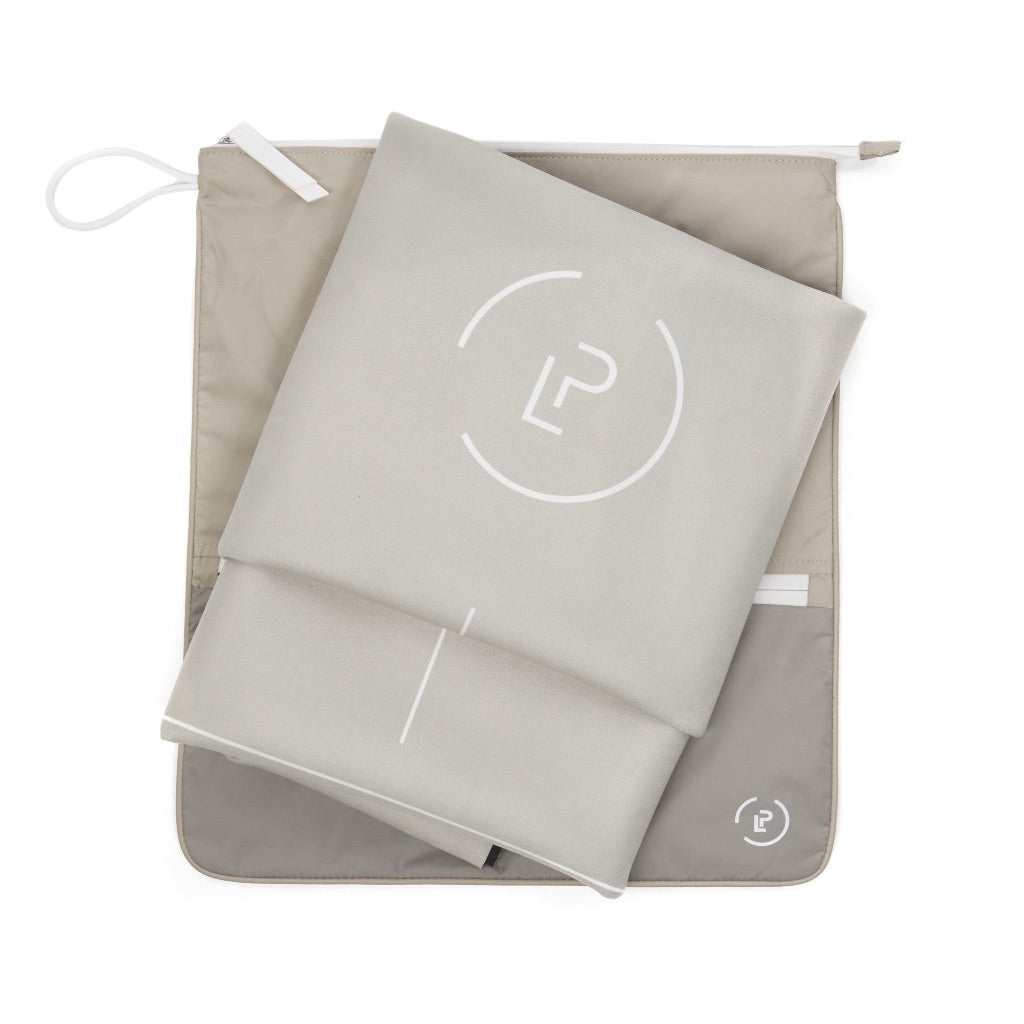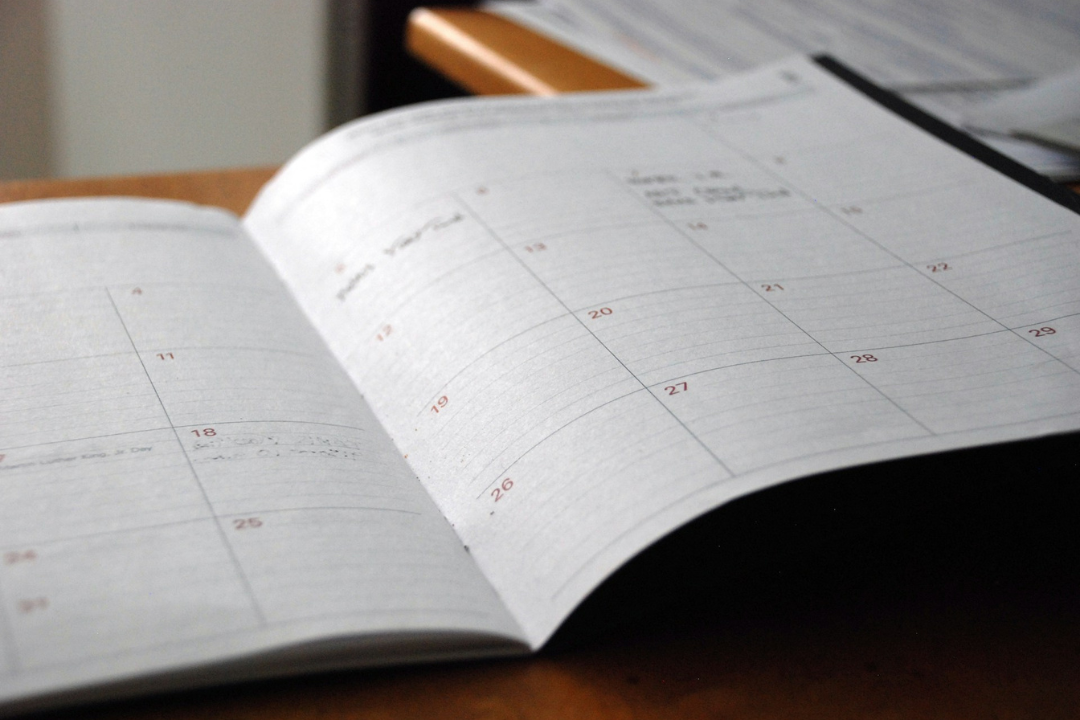Pilates: Why Everyone’s Talking About It and Which Type is Right for You
If you’ve noticed more people talking about Pilates recently, you’re not alone. Once a niche practice reserved for dancers and elite athletes, Pilates has exploded in popularity, becoming a go-to workout for anyone looking to tone up, improve flexibility, and enhance their overall well-being. But what exactly is Pilates, and why has it become such a fitness phenomenon?
The Different Types of Pilates: Mat, Reformer, and Bridge
When we talk about Pilates, we’re actually referring to a variety of practices that all focus on controlled movements, breath, and alignment. The three most common types you’ll hear about are Mat Pilates, Reformer Pilates, and Bridge (or Tower) Pilates.
Mat Pilates is where it all started. This form requires minimal equipment—just a mat and possibly a few props like a small ball or resistance bands. Mat Pilates focuses on using your body weight to perform a series of exercises that target the core, although it also works the arms, legs, and back. It’s great for beginners and can be easily done at home or in a studio.
Reformer Pilates takes things up a notch. The reformer is a machine with a sliding carriage, straps, and springs that add resistance to your movements. This setup allows for a wide range of exercises that are hard to replicate on a mat. The added resistance makes reformer Pilates excellent for building strength, while the smooth, controlled movements help with flexibility and coordination. It’s a dynamic workout that can be as gentle or as challenging as you need it to be.
Bridge (or Tower) Pilates is less well-known but offers another layer of variety. The bridge or tower apparatus is often attached to a reformer and includes springs, bars, and loops that provide additional resistance and support. This setup allows for a different range of exercises that can target specific muscle groups more effectively. Bridge Pilates is ideal for those who want to diversify their routine and engage muscles that might be missed in mat or reformer workouts.
Why Pilates is So Good
So, why has Pilates become such a staple in the fitness world? The answer lies in its versatility and effectiveness. Pilates is known for its ability to strengthen the core, but that’s just the beginning. It also improves posture, flexibility, and balance, making it a holistic workout that benefits the entire body. Another reason Pilates is so effective is its adaptability. Whether you’re a beginner or an advanced athlete, Pilates can be tailored to your fitness level. It’s low-impact, making it accessible for those with joint issues or recovering from injury, yet it can be incredibly challenging, offering a serious workout for those looking to push their limits.
What is a Jump Board?
If you’ve tried reformer Pilates, you may have encountered a piece of equipment called the jump board. The jump board is an attachment that fits onto the end of the reformer, allowing you to perform low-impact jumping exercises while lying down. This might sound unusual, but it offers several unique benefits. First and foremost, the jump board provides an excellent cardiovascular workout. By mimicking the motion of jumping without the impact, it’s gentler on the joints while still getting your heart rate up. Additionally, the jump board helps improve foot and ankle stability, as it requires you to push off and land with control. This not only strengthens the muscles around these joints but also enhances coordination and balance.
Embracing Pilates for a Stronger, Balanced Body
Whether you’re drawn to the simplicity of mat Pilates, the dynamic challenge of the reformer, or the versatility of bridge Pilates, there’s a type of Pilates that’s perfect for you. Each offers unique benefits that contribute to a stronger, more balanced body. With its focus on controlled movements, breath, and alignment, Pilates not only tones your muscles but also helps you move through life with greater ease and confidence. And the best part? Pilates is incredibly accessible. All you need is a top, leggings, and grip socks to get started, making it easy to fit into your daily routine, whether you’re squeezing in a session before work or heading to a class after a busy day. Because it’s often a low-sweat workout, you can usually go straight from the studio to your next activity without needing to shower.
This is where the Sweat Bag comes in—your perfect Pilates companion. Lightweight and antimicrobial, it keeps your kit fresh and organised, with a handy front pocket for post-class essentials like deodorant or perfume. Designed to slip easily into your tote or backpack, the sweat bag ensures you’re always ready for whatever comes next, so you can enjoy the benefits of Pilates without any fuss.
So, if you haven’t already, it might be time to give Pilates a try. The results speak for themselves: increased strength, improved flexibility, and a sense of well-being that will keep you coming back to the mat—or reformer—again and again. And with the right gear on hand, like our Sweat Bag or our Pilates Bundle for travel, fitting Pilates into your life has never been easier.
